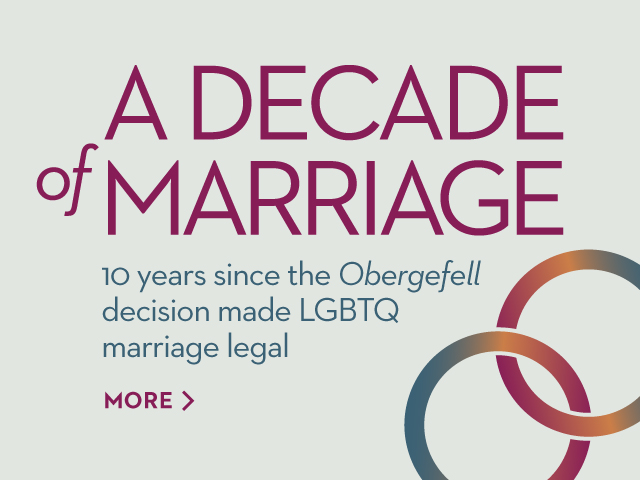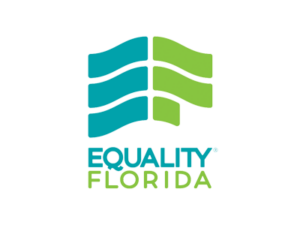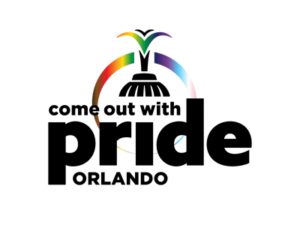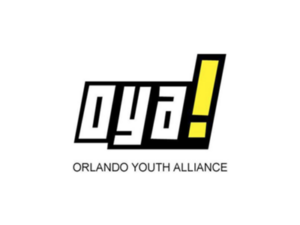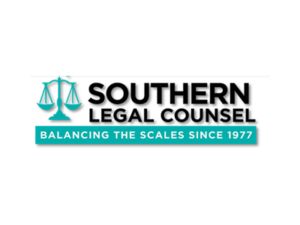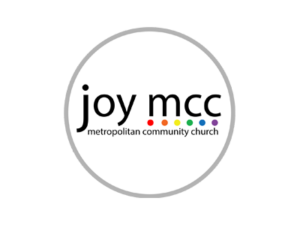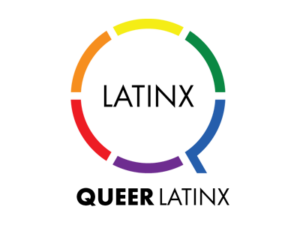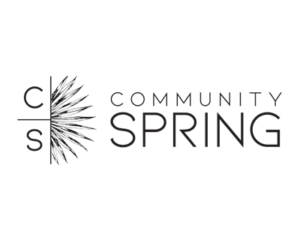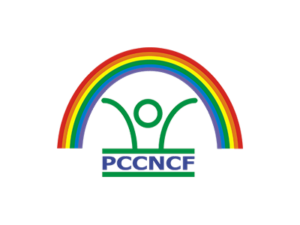April is Sexual Assault Awareness Month. This month is a reminder that through a combination of stigma and myths, sexual assault in the LGBTQ community is often rendered invisible or dismissed outright, despite CDC statistics that show the sexual assault rate for LGBTQ individuals is comparable or higher than the sexual assault rate for heterosexual individuals.
Approximately 1 in 8 lesbian women and nearly half of bisexual women experience rape in their lifetime, and statistics likely increase when a broader definition of sexual assault is used. Nearly half of bisexual men and four in ten gay men have experienced sexual violence other than rape in their lifetime, and though statistics regarding rape vary, it is likely that the rate is higher or comparable to heterosexual men. As with most hate-based violence, transgender individuals are the most likely to be affected in the LGBTQ community. A staggering 64% of transgender people have experienced sexual assault in their lifetime.
Though the Violence Against Women Act of 2013 (VAWA) recently extended LGBTQ nondiscrimination protections in resources for domestic and sexual violence, service providers across the country still lack the cultural competency needed to serve the LGBTQ community.
Until recently, intra-community sexual assault went largely unacknowledged, particularly for women who have sex with women. Moreover, we are only just now beginning to de-stigmatize the idea that there are male survivors of sexual assault, including gay and bisexual men.
Part of the problem is that populations that are hypersexualized by society, including people of color and the LGBTQ community, are victimized by a rape culture that tells those assaulted they are responsible for their sexual assaults. This same phenomenon is particularly exacerbated for women of color and indigenous women, who experience the highest rates of sexual assault, statistics that clearly outline the remnants of colonization and slavery’s categorical devaluing of black and brown bodies.
LGBTQ people must also face the specter of hate violence in the form of sexual assault. This and other violence occurs both inside and outside the prison system, but comprehensive legislation to protect against sexual violence in prison has finally been implemented. The Prison Rape Elimination Act, or PREA, is a big step toward reducing sexual violence in prisons and jails, but activists must fight ensure compliance with the regulations, and advocate for their expansion to immigration detention centers (which remain unprotected).
A particularly disturbing dynamic arises when the assaults are perpetrated by other LGBTQ community members. Denial, misrecognition, and the dismissal of outside-the-community concern as latent homophobia are examples of responses to sexual assault that occurs between members of the LGBTQ community. Moreover, because many LGBTQ communities are small and tight-knit, survivors of assault may not know where to turn, either because they fear they will not be believed or supported, or because they do not want to malign another member of the community or reinforce negative stereotypes. Additionally, seeking services or reporting often requires coming out as queer or trans, which raises problems of cultural competency in the medical and social service professions, along with general social stigma.
Finally, as with most disparities, holders of multiple marginalized identities are even more likely to experience sexual violence. Due to this reality, some activists who work to support survivors are attempting to move away from a carceral model in deference to the fact that people with marginalized identities are already more likely to be criminalized and imprisoned.
With April coming to an end, these disparities provide a good reminder that issues around sexual assault in the LGBTQ community deserve more thought. Fortunately, with VAWA’s explicit inclusion of LGBTQ individuals, and with today’s clarification by the Department of Justice that Title IX also protects students on the basis of gender identity/gender stereotypes, sexual assault prevention and support resources for the LGBTQ community should continue to grow. In the meantime, work to ensure the way you think about, advocate for, and discuss sexual violence prevention and support is inclusive of LGBTQ individuals.

